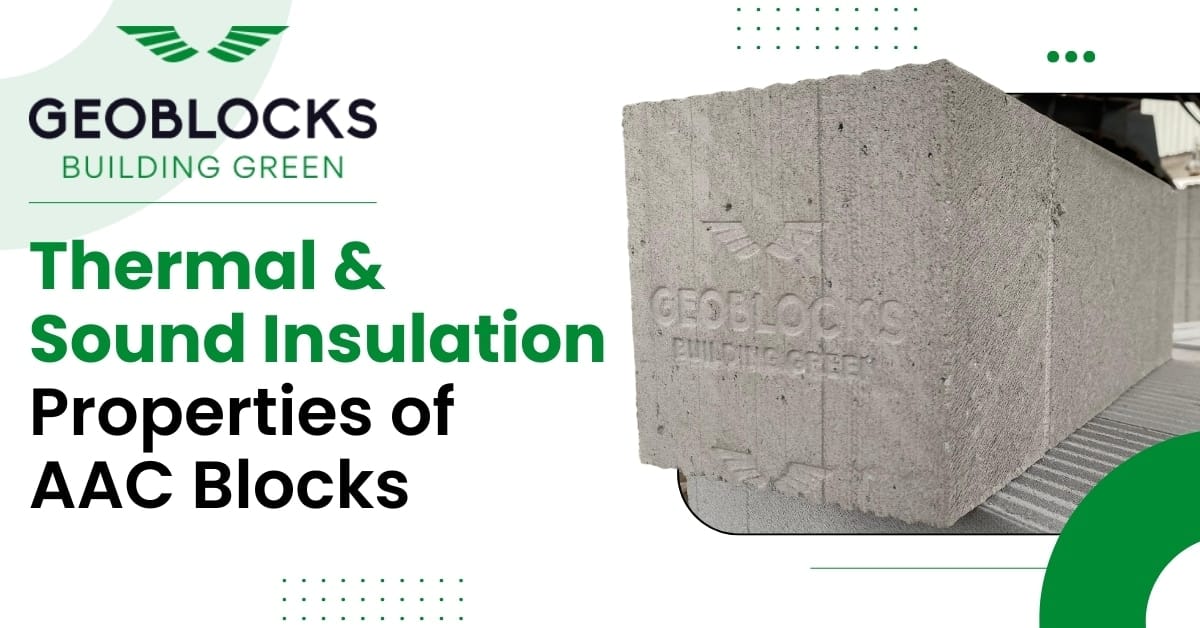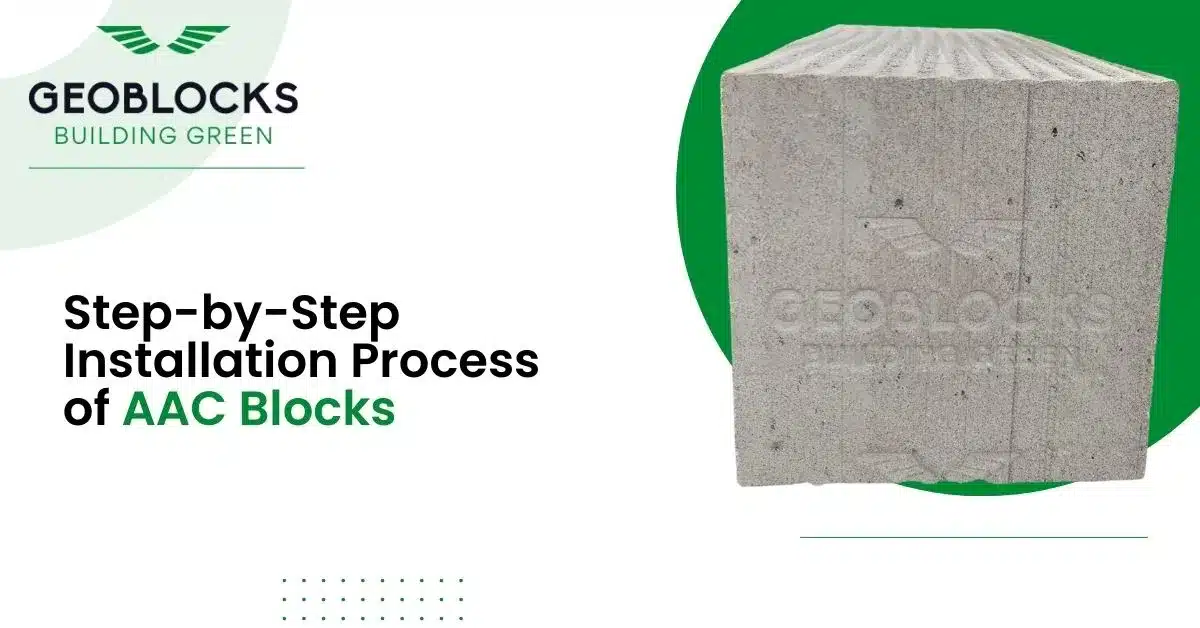In today’s world of smart construction and sustainable living, insulation plays a crucial role in…

Autoclaved Aerated Concrete (AAC) blocks are gaining popularity in the construction industry due to their lightweight, energy-efficient, and eco-friendly characteristics. These blocks, made from a blend of cement, lime, water, and an aerating agent, provide excellent thermal insulation and durability. Their use in load-bearing structures has become a common practice, especially in low to mid-rise buildings. In this blog, we will explore the AAC block load bearing capacity and how these blocks perform in load-bearing applications.
What is AAC Block Load Bearing Capacity?
The AAC block load bearing capacity refers to the ability of AAC blocks to support applied loads without failure. Despite being lighter than traditional concrete blocks, AAC blocks are designed to bear significant loads while maintaining their structural integrity. These blocks typically have a compressive strength ranging from 3 to 5 N/mm², which is sufficient for use in low to mid-rise buildings.
The ability to withstand pressure depends on factors such as the block’s grade, thickness, and overall structural design. AAC blocks can effectively distribute weight and prevent cracking under normal stress, making them a reliable option for load-bearing walls in various construction projects.
Benefits of Using AAC Blocks in Load-Bearing Structures
- Lightweight Yet Strong
AAC blocks are significantly lighter than traditional concrete blocks, which reduces the overall weight of the structure. This lightweight nature helps decrease the pressure on the building’s foundation, making it especially beneficial for structures with limited foundation strength. Despite their lower weight, AAC blocks retain a high load-bearing capacity, making them a practical solution for load-bearing walls. - Superior Thermal Insulation
One of the standout qualities of AAC blocks is their excellent thermal insulation properties. They help maintain a comfortable indoor temperature, keeping buildings cooler in summer and warmer in winter. This makes AAC blocks an energy-efficient choice for load-bearing walls, providing both structural integrity and long-term energy savings. - Fire Resistance
AAC blocks are highly fire-resistant, which adds an extra layer of safety to buildings. Their ability to withstand high temperatures makes them an ideal material for fire-resistant load-bearing walls. This is particularly crucial in residential, commercial, and industrial buildings where fire safety is a top priority. - Sound Insulation
The porous structure of AAC blocks helps in soundproofing, reducing noise transmission between rooms and floors. This feature is especially beneficial in multi-story buildings and commercial spaces, where load-bearing walls also need to provide sound insulation for a better living or working environment. - Quick and Easy Installation
AAC blocks are easy to handle and install due to their lightweight properties. This results in faster construction times and reduced labour costs. For load-bearing walls, this means a quicker and more efficient construction process without compromising on strength and durability.
Ready to choose AAC blocks for your next project? Connect us today for professional guidance on load-bearing structures and optimal solutions for your construction needs!
When to Use AAC Blocks for Load-Bearing Structures
AAC blocks are ideal for use in low to mid-rise buildings, typically up to 4-5 stories. They are perfect for residential homes, commercial spaces, and internal partition walls, providing both strength and insulation. When used for load-bearing walls, AAC blocks offer a good balance between structural strength, energy efficiency, and ease of installation.
In high-rise buildings, where the load-bearing demands are greater, a hybrid approach can be used. Reinforced concrete or steel may be employed for the primary load-bearing structure, while AAC blocks can be used for internal walls or non-load-bearing applications.
Frequently Asked Questions
What is the weight bearing capacity of AAC block?
The weight-bearing capacity of an AAC block depends on its grade and thickness, with typical compressive strength ranging from 3 to 5 N/mm². AAC blocks are designed to support significant loads and are commonly used in low to mid-rise buildings for load-bearing walls.
Are aerated blocks load bearing?
Yes, aerated blocks, such as AAC blocks, are load bearing. They are engineered to provide structural support while maintaining a lighter weight than traditional concrete blocks. Their compressive strength makes them suitable for use in load-bearing walls in residential, commercial, and industrial buildings.
Can we use AAC blocks for load-bearing walls?
Yes, AAC blocks can be used for load-bearing walls. They offer a combination of strength, durability, and insulation, making them ideal for load-bearing applications in low to mid-rise buildings. However, it’s important to consult with a structural engineer to ensure that the block’s specifications meet the requirements for your specific project.
Conclusion
In conclusion, AAC blocks are an excellent choice for load-bearing structures, especially in low to mid-rise buildings. Their AAC block load bearing capacity, combined with their thermal insulation, fire resistance, soundproofing, and ease of installation, makes them a cost-effective and efficient solution for many construction projects. When used correctly, AAC blocks offer durability and strength while helping to reduce overall building weight.
If you’re considering AAC blocks for your next construction project, be sure to consult with a structural engineer to determine the best options for your building’s specific load-bearing needs. With the right planning and expertise, AAC blocks can be an ideal solution for your building’s structural and energy efficiency requirements.




